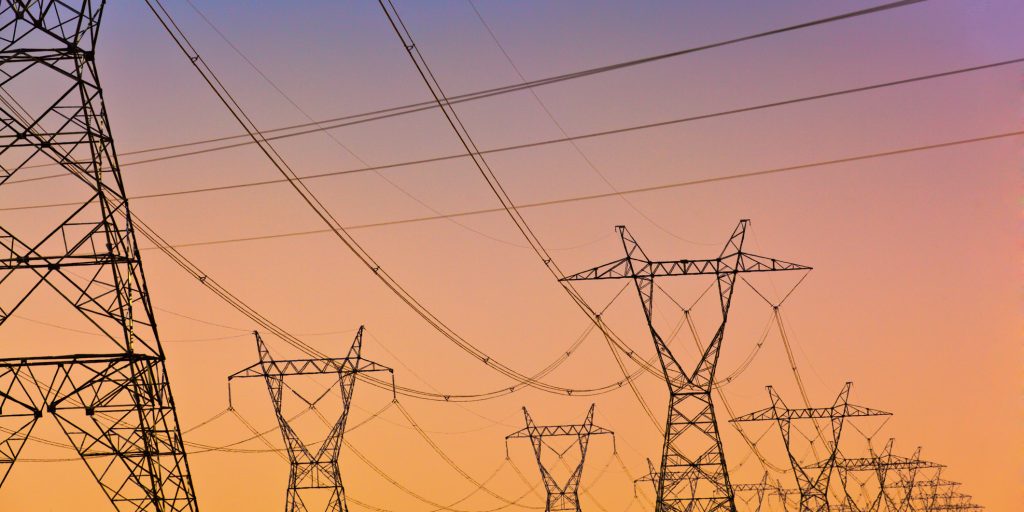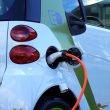Report outlines path to net-zero emissions electric system overhaul by 2035
Across the country, cities, counties and states have set sustainability goals of reducing carbon emissions drastically over coming decades. It’s within reach. From the perspective of public organizations and utility suppliers, a new report from the National Renewable Energy Laboratory (NREL) evaluates a number of different scenarios that would see the United States achieve a completely clean overhaul of its electric system by 2035.
“There is no one single solution to transitioning the power sector to renewable and clean energy technologies,” said Paul Denholm, principal investigator and lead author of the report, “Examining Supply-Side Options to Achieve 100% Clean Electricity by 2035,” which was produced in partnership with the U.S. Department of Energy and with funding support from the Office of Energy Efficiency and Renewable Energy, noted,But while researchers can’t yet pinpoint exactly which path the nation will take, the report identifies “several key challenges that we still need to understand and will need to be addressed over the next decade to enable the speed and scale of deployment necessary to achieve the 2035 goal.”
From a macro perspective, the most cost effective path to large-scale decarbonization involves the electrification of buildings, the report notes, along with the majority of transportation and most of the industrial sector. This would have to be implemented alongside “aggressive” energy efficiency. And while these efforts to decarbonize buildings are anticipated to be effective, they’ll also “dramatically increase demand, which in turn makes it more difficult to decarbonize the electricity system due to the rate of deployment needed,” according to the statement.
Notably, all of the scenarios assume the deployment of new, clean energy technologies at an unprecedented scale and rate. As modeled, wind and solar energy provide 60%–80% of generation in the least-cost electricity mix in 2035, and the overall generation capacity grows to roughly three times the 2020 level by 2035—including a combined 2 terawatts of wind and solar, according to the statement.
““The U.S. can get to 80%–90% clean electricity with technologies that are available today, although it requires a massive acceleration in deployment rates,” said Brian Sergi, NREL analyst and co-author of the study. “To get from there to 100%, there are many potentially important technologies that have not yet been deployed at scale, so there is uncertainty about the final mix of technologies that can fully decarbonize the power system. The technology mix that is ultimately achieved will depend on advances in R&D in further improving cost and performance as well as the pace and scale of investment.”
In the first scenario, as explained by the American Public Power Association, the cost of all technologies continues to decline as they reach higher levels of performance, including development and deployment of direct air capture technology, which removes carbon dioxide directly from the atmosphere.
The second assumes improved transmission technologies as well as new permitting and siting approaches that allow greater levels of transmission deployment with higher capacity.
In the third, additional constraints to deployment of new generation and transmission capacity increases costs and limits deployment of certain technologies.
The final scenario assumes that carbon capture and storage technologies do not achieve needed cost and performance targets for cost-competitive deployment.
While decarbonizing the grid will clearly take hundreds of billions to achieve (the report estimates between $330 billion to $740 billion), the long term savings balance it out.
And when factoring in the avoided cost of damage from the impacts of climate change, a net-zero grid could save over an additional $1.2 trillion—totaling an overall net benefit to society ranging from $920 billion to $1.2 trillion.
“Decarbonizing the power system is a necessary step if the worst effects of climate change are to be avoided,” said Patrick Brown, an analyst at the laboratory and co-author of the study. “The benefits of a zero-carbon grid outweigh the costs in each of the more than 100 scenarios modeled in this study, and accelerated cost declines for renewable and clean energy technologies could lead to even larger benefits.”




















